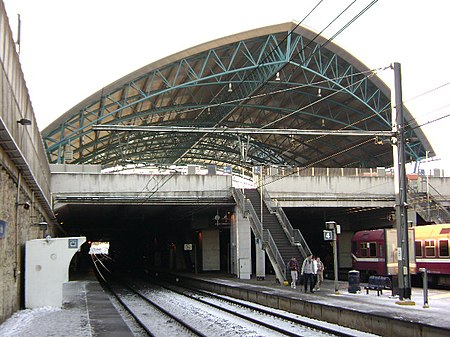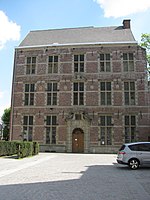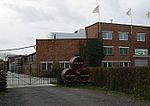Halle railway station, Belgium
Railway stations in Belgium opened in 1840Railway stations in Flemish BrabantUse British English from August 2023

Halle railway station (Dutch: Station Halle, French: Gare de Hal) is a railway station in Halle, Flemish Brabant, Belgium. The station opened on 18 May 1840 and is located on the HSL 1, as well as railway lines 26, 94, and 96. The train services are operated by the National Railway Company of Belgium (NMBS/SNCB). On 15 February 2010, the Halle train collision occurred between Halle and Buizingen stations, killing 19 and injuring 171.
Excerpt from the Wikipedia article Halle railway station, Belgium (License: CC BY-SA 3.0, Authors, Images).Halle railway station, Belgium
Stationsplein,
Geographical coordinates (GPS) Address Phone number Website Nearby Places Show on map
Geographical coordinates (GPS)
| Latitude | Longitude |
|---|---|
| N 50.733611111111 ° | E 4.2402777777778 ° |
Address
Stationsplein 48
1500 (Halle)
Flemish Brabant, Belgium
Open on Google Maps










